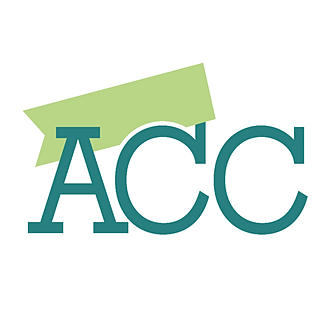Law meant to alleviate housing crisis may alter Phoenix’s historical neighborhoods
- Arizona Contractor & Community
- Oct 17
- 3 min read
Marcus Reichley, ASU Walter Cronkite School of Journalism
Arizona’s recently passed “middle housing law” was designed to address a statewide housing crisis, but does that come at the expense of altering historical neighborhoods?
local communities like Phoenix have to establish local regulations to comply with the new state law?

This has been a concern for hundreds of Phoenix residents, who worry that the new law clears the way for developers to freely alter the landscape of some of the city's most beloved historical neighborhoods. The city says they have until the new year to establish regulations that comply with the law, or developers will be allowed to build on lots “without any limitations,” meaning the city would have significantly less power to control development restrictions.
In 2024, the Arizona State Legislature passed House Bill 2721, which required the City of Phoenix to allow “middle housing.” Middle housing is a term used to describe duplexes, triplexes, townhouses, and more, which exist in between areas of detached single-family homes and large apartment complexes.
In Phoenix, it means that the city must now allow up to four dwelling units per single-family lot in areas within approximately one mile of the Downtown Code Boundary. The law also states that at least 20% of all new subdivisions of 10 contiguous acres or more shall be subject to the regulations.
Before the new law, a maximum of one dwelling unit was allowed per single-family lot in Arizona.
The changes seek to address an ongoing housing crisis in the state, “more available housing, in theory, should mean lower housing costs,” Village Planner Samuel Rogers said at an information hearing on Sep. 8, regarding the upcoming adoption of the new law.
Dan Harris, an investor from Missouri who is new to the Phoenix area but has properties nationwide, voiced this sentiment at the hearing as well.
“I’m thinking this is a wonderful idea. It’s very, very hard for people to afford to buy, so they have no other alternative other than to turn to rent,” Harris said.
Although the law presents an argument for alleviating the housing crisis, there has been considerable pushback from community members who view the changes as a Pandora’s box for unchecked development in Phoenix’s historic areas.
There are currently no exemptions for historic districts under the middle housing law.
Twenty-two of the city’s 36 designated historic districts are located in areas affected. The fear these districts have is that the law doesn’t protect historical areas from being made unrecognizable by overdevelopment. Especially when it comes to the possible demolition of buildings on lots, the subdividing of lots, and the inability to guarantee that rental prices would actually be lower with the presence of more middle housing.
It was reported that hundreds of residents gathered at a community meeting on Aug. 11 to protest and announce the hiring of a lobbyist to represent their interests. This lobbyist will challenge lawmakers to exempt these historic districts.
“A lot of different folks in the legislature came together for a common goal, although this is kinda what we’re seeing as an outfall of that text.” Phoenix Deputy Director Tricia Gomes said at September's information hearing.
The law has been passed and will take effect Jan. 1, 2026, regardless of public outcry. What’s important now, the city says, is to complete the transition process and adopt the new regulations by the new year. If a municipality fails to do this, it’s stated in the laws texts that at that point “middle housing shall be allowed on all lots in the municipality zoned for single-family residential use without any limitations.”
This would mean that the City of Phoenix would have significantly less power in controlling development, including no restrictions on height, setbacks, lot coverage, parking placement, or design. City Village Planner Rogers described it as a “ticking time bomb” in the sense that the changes must be adopted before they are forced into an even worse scenario for historical neighborhoods.
The Phoenix City Council is to vote on adopting new regulations to comply with the middle housing law on Nov. 5, 2025, at the Council Chambers in downtown Phoenix. The city will have the opportunity to adopt its own regulations ahead of the January 1st deadline, in which the law defaults to a worst-case scenario for preservationists.








dgfgdfgdfg dfg